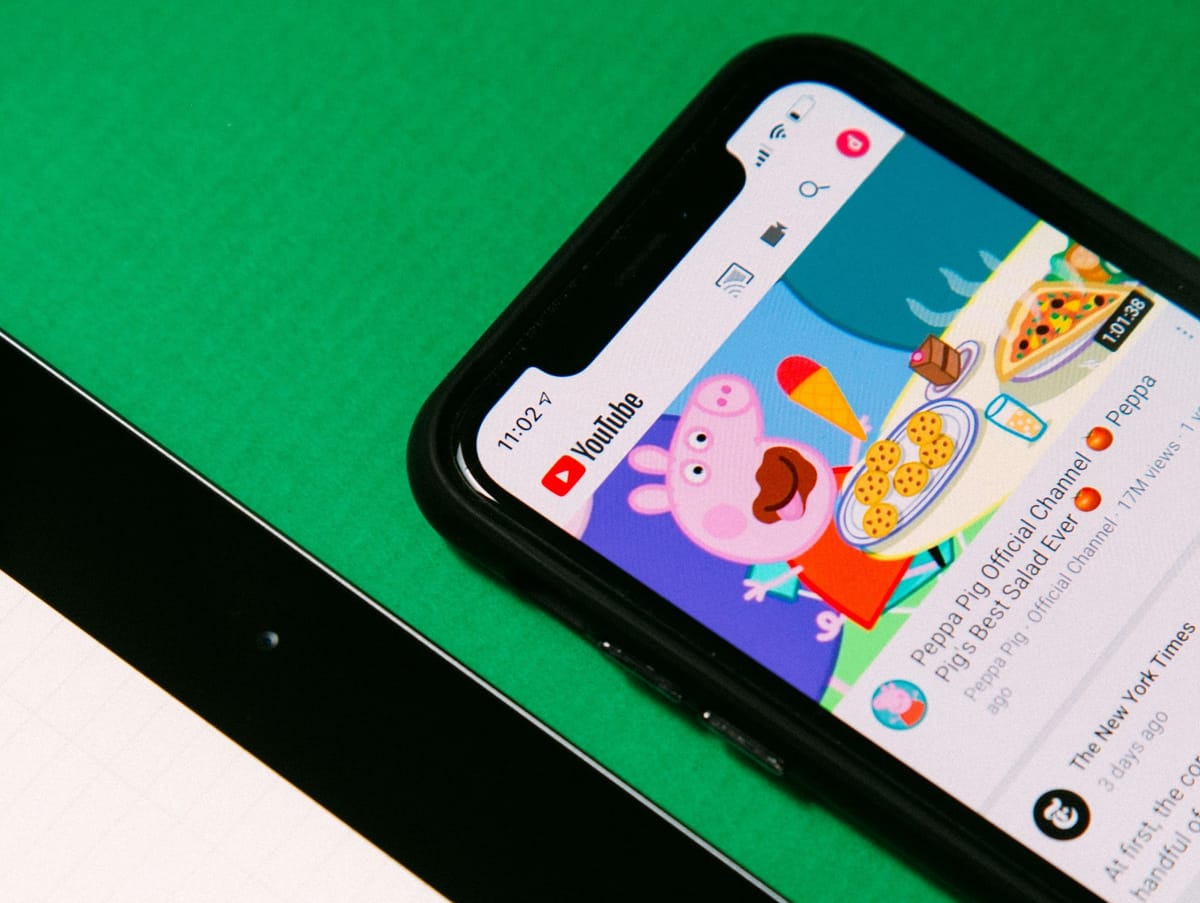Apple Music and YouTube Music partner to enable seamless playlist transfers
Both companies have detailed the process in their support pages, making it easier than ever to bring your music with you wherever you go.
Transferring playlists between streaming platforms has long been a headache for music lovers.
I remember the frustration of trying to move my carefully curated playlists from one service to another, resorting to third-party apps like Soundiiz to get the job done. It was a tedious process, often leaving you with missing songs and a lot of manual tweaking.
But change is on the horizon.
In a move that could potentially bring a new level of convenience for users, Apple Music and YouTube Music have teamed up to offer a built-in playlist transfer feature that could eliminate the need for those cumbersome third-party solutions.
So, what's happening? Apple Music and YouTube Music have recognized the hassle users face when switching platforms and are now offering a direct way to transfer playlists between their services with just a few clicks. Both companies have detailed the process in their support pages, making it easier than ever to bring your music with you wherever you go.
The "how" of it is straightforward. Apple Music users can go to their Data and Privacy page and request a copy of their data, which includes the option to transfer playlists to YouTube Music. On the flip side, YouTube Music users can utilize Google Takeout to move their playlists to Apple Music. It’s a hassle-free process, designed to save you time and effort.
But, of course, there are some limitations to keep in mind. For one, you’ll need an active subscription to both services to make the transfer.
Also, only the playlists you've personally created, including collaborative ones you own, are transferable. Shared playlists, curated by others, and the actual music files won't make the journey. And if a song isn’t available on the destination platform, you’ll find gaps in your playlist.
For now, the transfer only works between Apple Music and YouTube Music, meaning other platforms like Spotify are still out of the loop, but it does offer a glimpse of what could be a more unified, user-friendly music streaming experience in the future.
Hopefully, we will get broader cooperation across the music streaming industry, but for now, you might have to stick with third-party apps if you're not on either platform.










